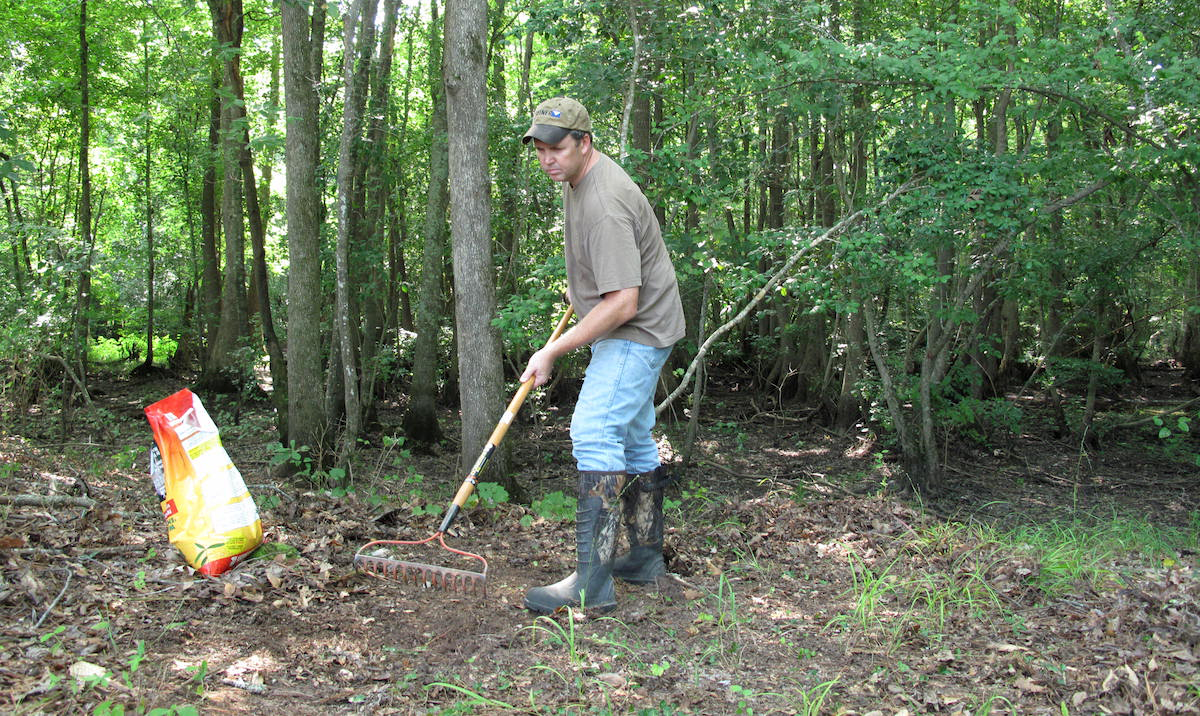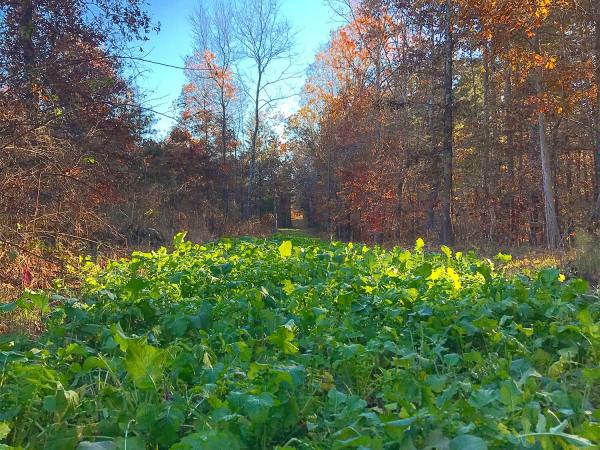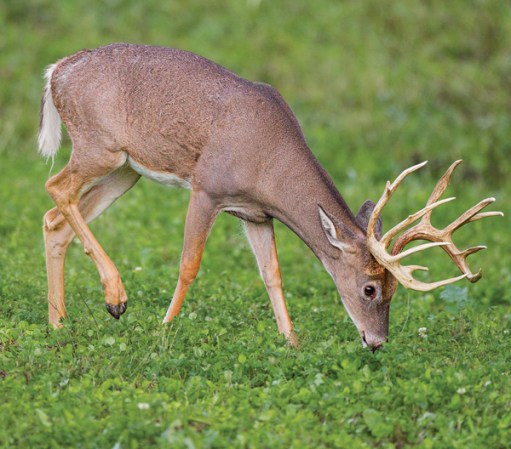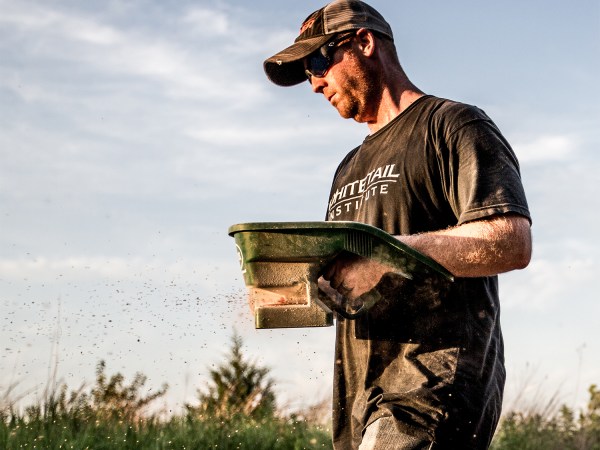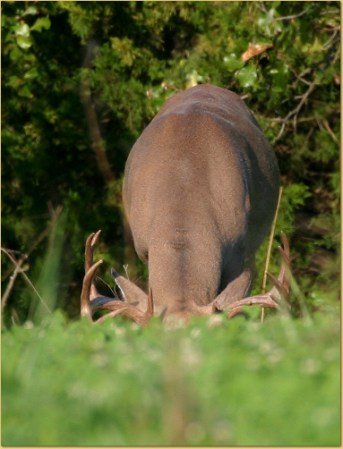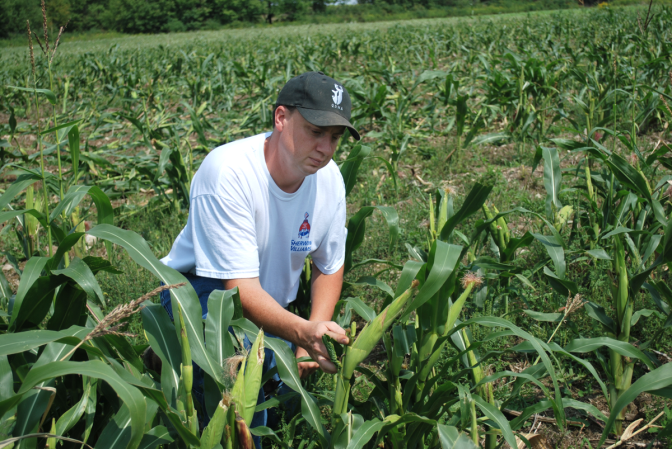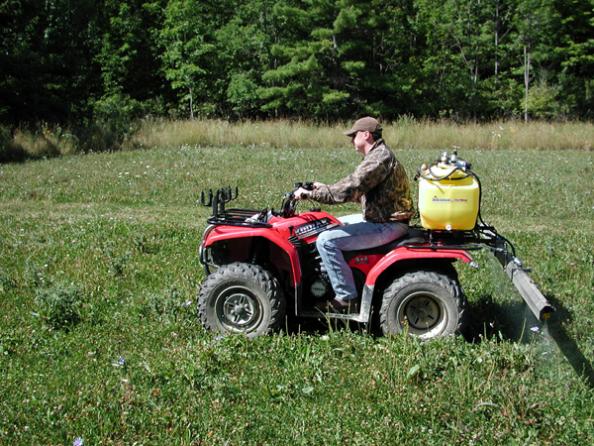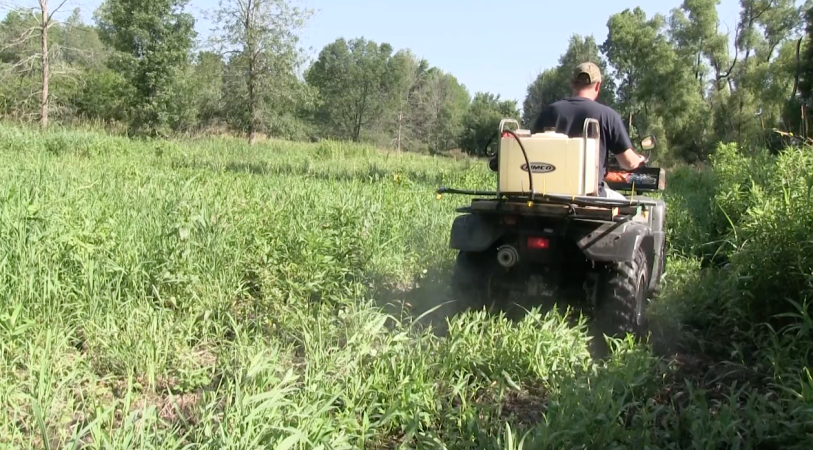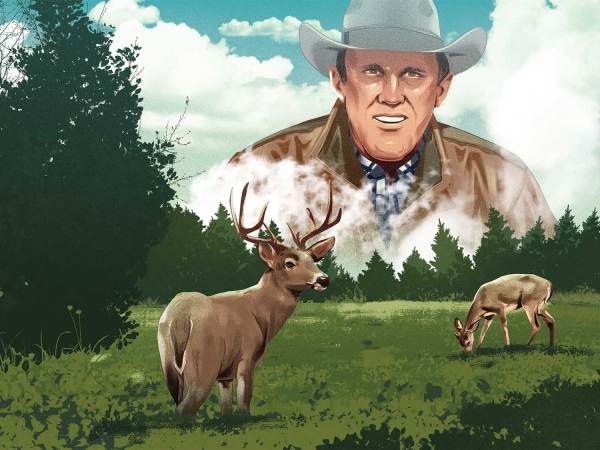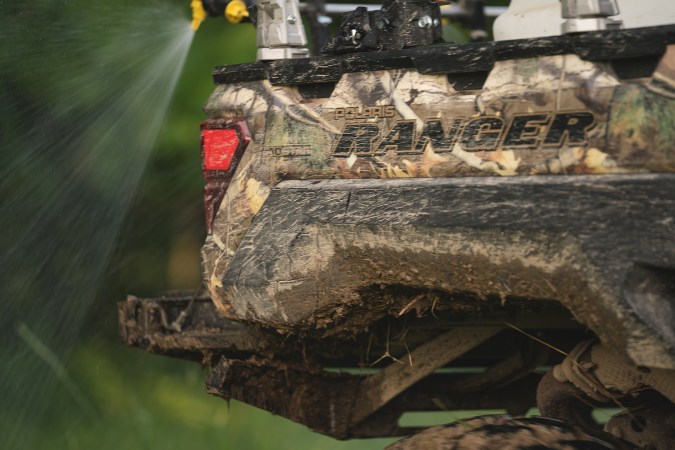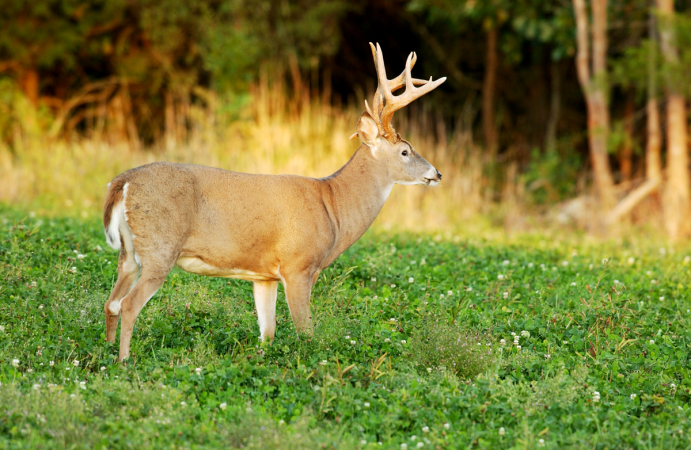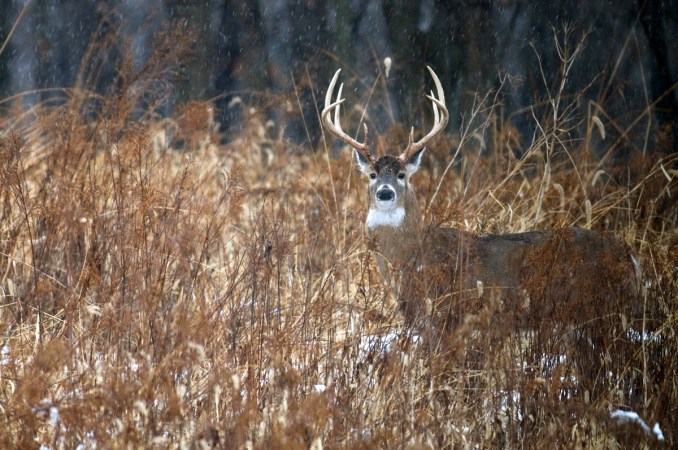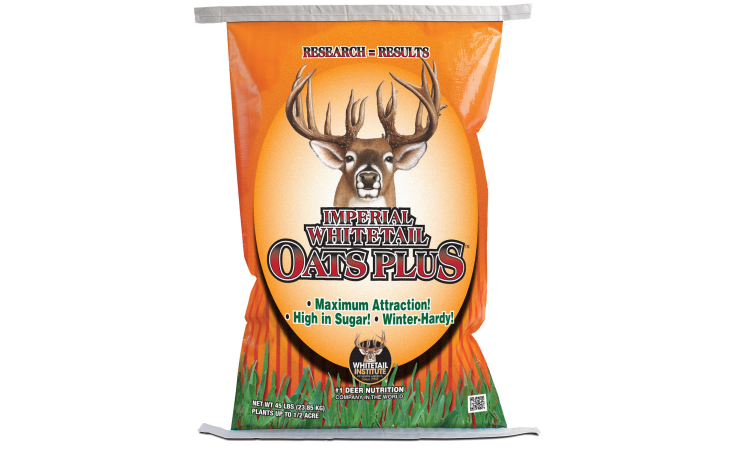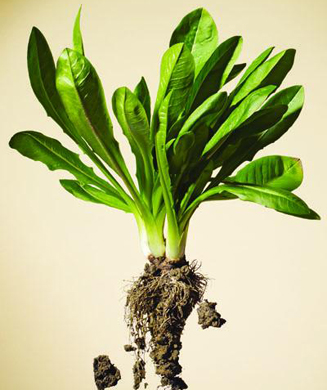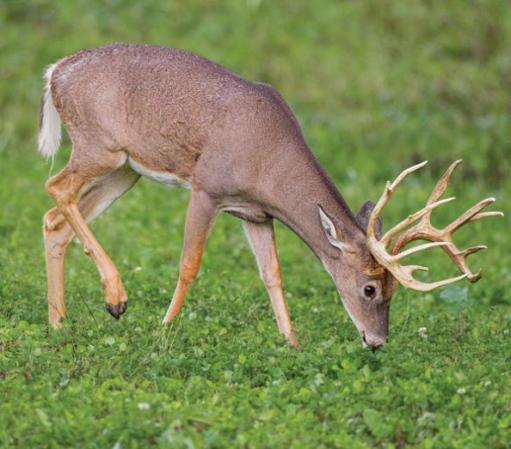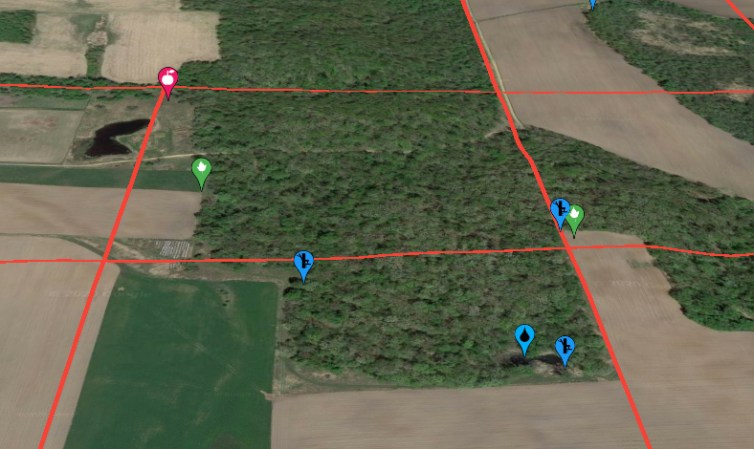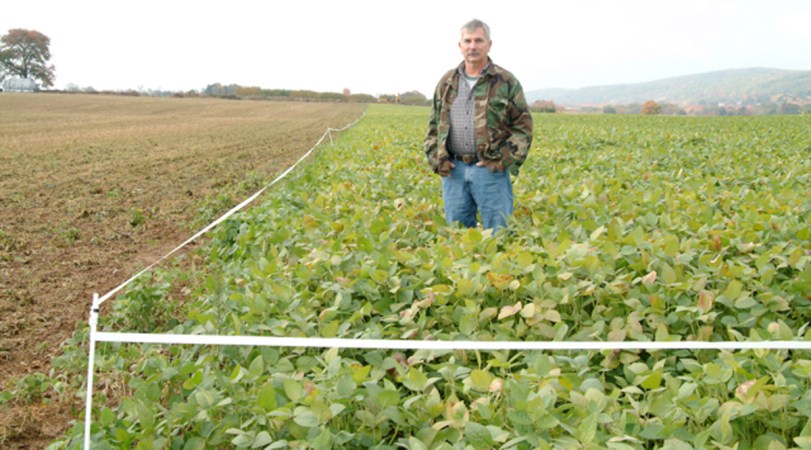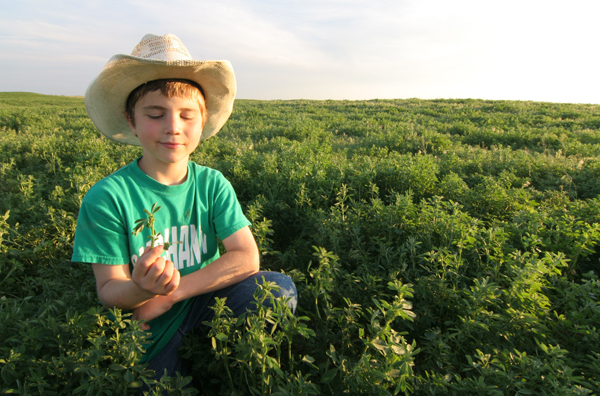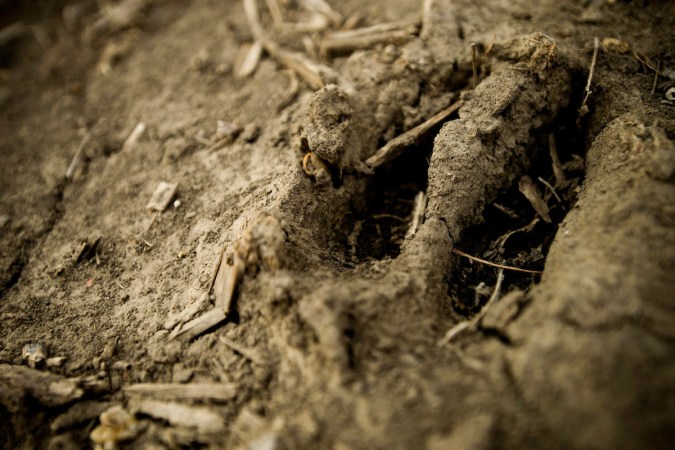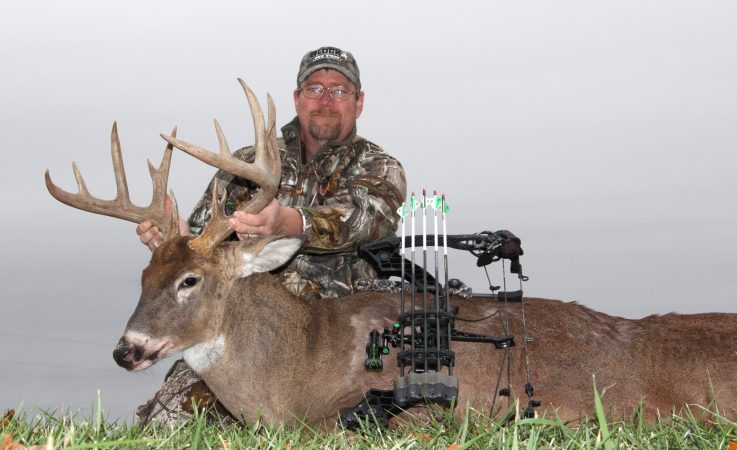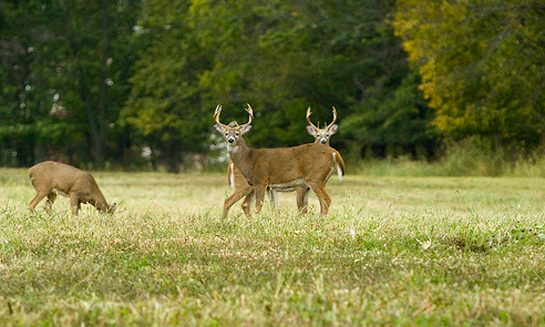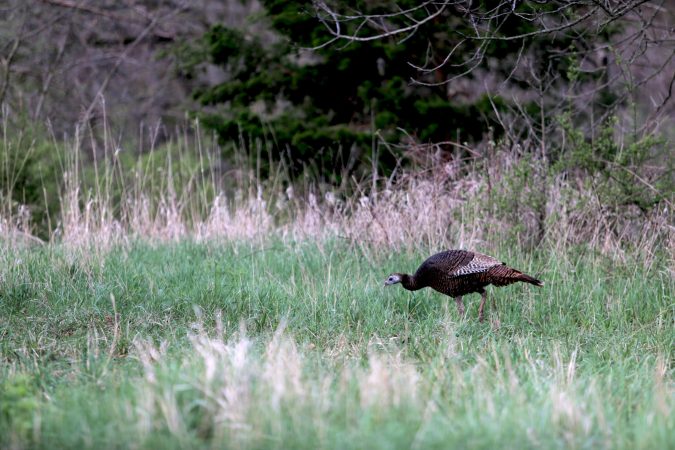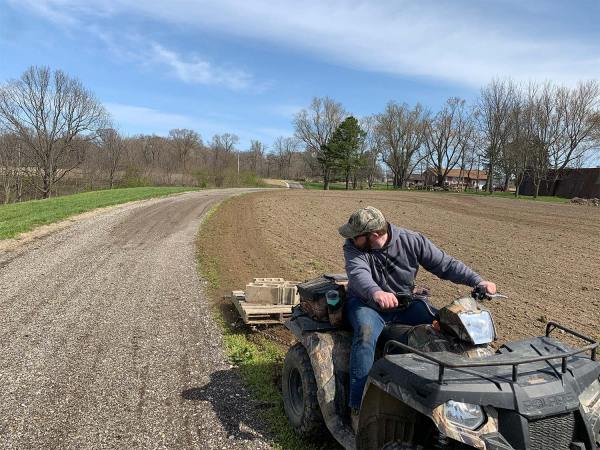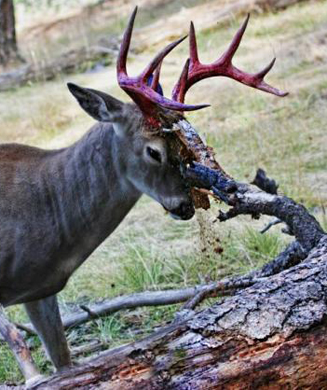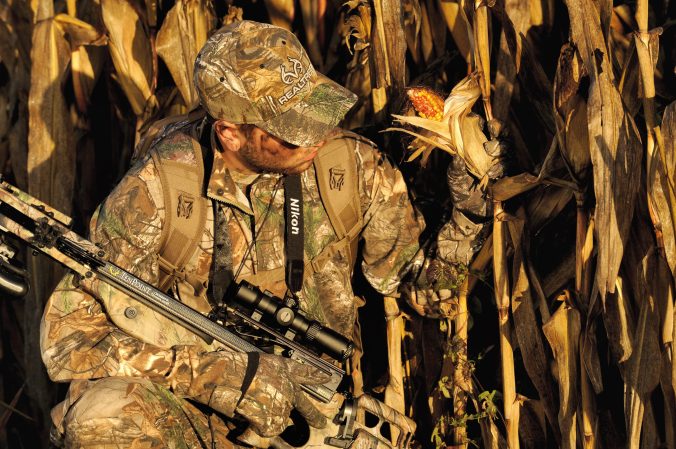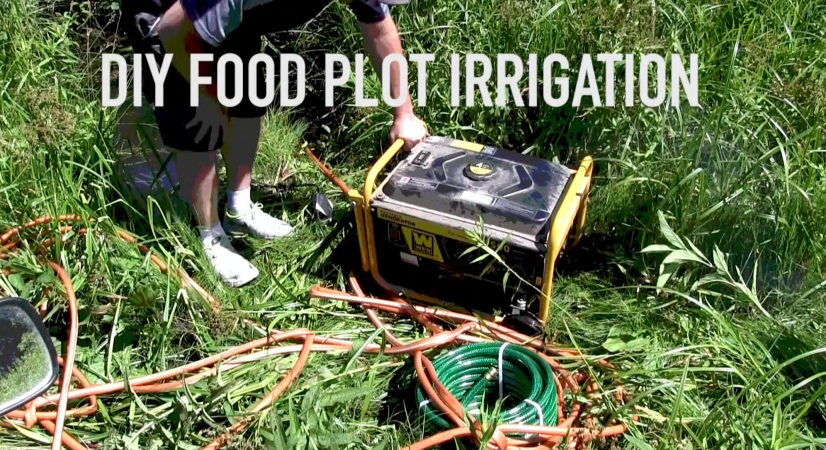I remember years ago speaking to Mossy Oak’s Toxey Haas and some of the guys who worked for him. His company’s Biologic line had taken off, one of the early lines of dedicated plantings intended to attract and help grow bigger deer. Always one to put his own products to the test, I learned Toxey spent almost more time in the seat of a tractor than he did in a deer stand.
“I swear he enjoys working on food plots more than he does hunting anymore,” quipped one of his team. Toxey just nodded as if there was no argument there. I have to admit, at the time, I didn’t totally get it.
But now, more than a decade after more aggressively attacking the management of our own hunting property by trying to improve the nutritional offerings on the land and selectively shooting older bucks, I have a better appreciation of Toxey’s position at the time. And I have to say, particularly as I get older and life seems to get more complicated, working the soil from the seat of a tractor is both environmentally rewarding and emotionally relaxing. The one problem is, food plots can also get expensive, quick.
Like most hunters, the guys I hunt with have a lot of other obligations tugging at their wallets. Whether it’s the mortgage on their home or the farm, or paying for their kids’ private school or travel sports, tough decisions must sometimes be made about how much you can budget for food plots. So what’s a land-owning or –leasing hunter to do?
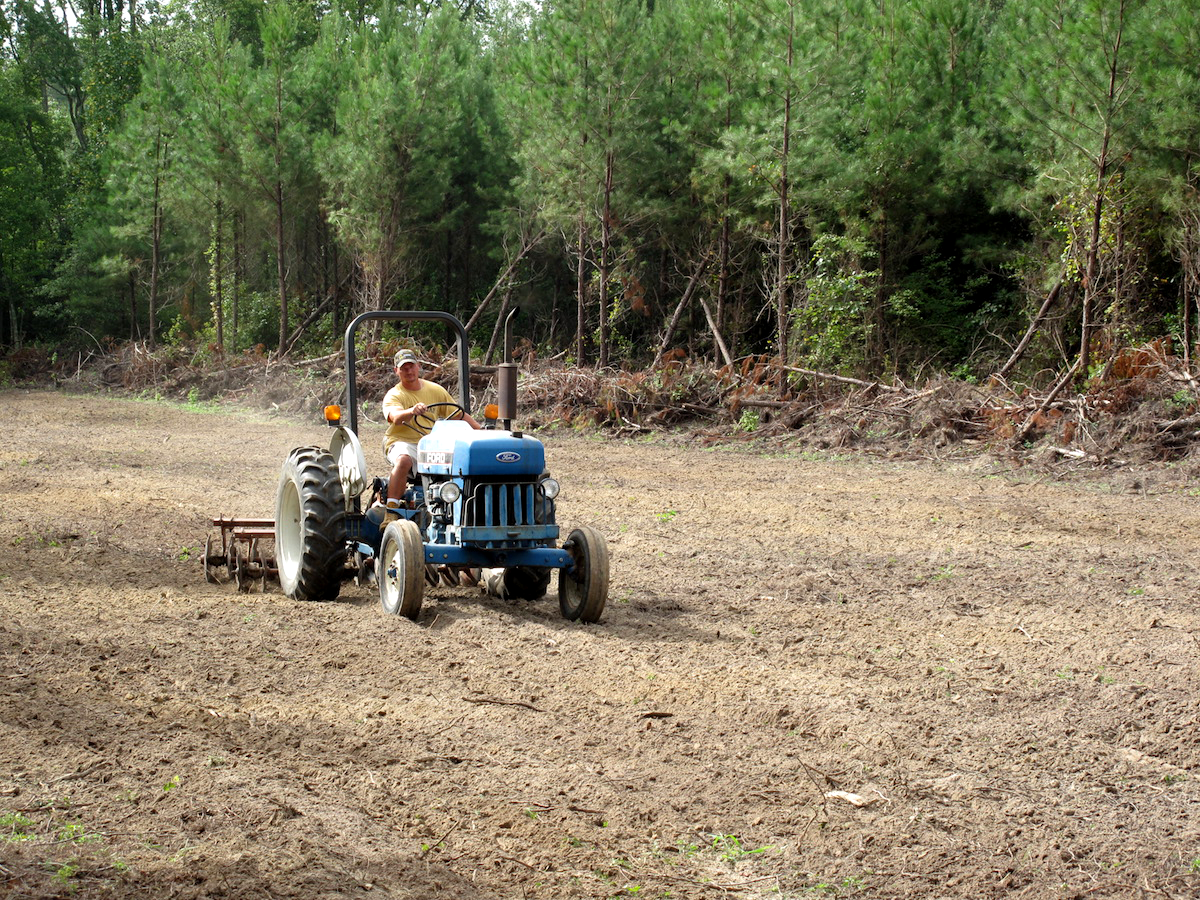
FOOD PLOTS AND FISCAL RESPONSIBILITY
Warm season plots, typically planted with forage-rich annuals, make more high-protein nutrients available to deer, particularly bucks, when they are busy growing and packing on pounds and even antlers. They can also be more costly because they must be planted every year, occasionally require more care because they are growing at a time when competition with weeds is more aggressive, and must be planned out much earlier—and planted—something the procrastinator in each of us is sometimes reluctant to do.
Cool season plots, those planted in late summer for growing in early fall, often consists of perennial mixes, which can save tons on seed costs in subsequent seasons. They don’t offer benefits to deer during those critical growth months, but they do serve the ideal purpose of being a whitetail magnet and keeping deer on—and even attracting them to—your land at a time when you can sit in your stand with a bow or gun in hand. With sweet-leaved brassicas and turnips in the mix, they also provide nutrition to post-rut bucks at a time when they are weak and other food sources are scarce.
IT’S NOT TOO LATE
At our property, for both time and financial reasons, we’ve largely opted for the cool-season plots and as summer has a way of speeding by, we often find ourselves scrambling in August and early September to get something in the ground. If you’re in this same boat, don’t sweat it. You’ve still got a few weeks to get seed in the ground, though the farther North you are, the less time you have!
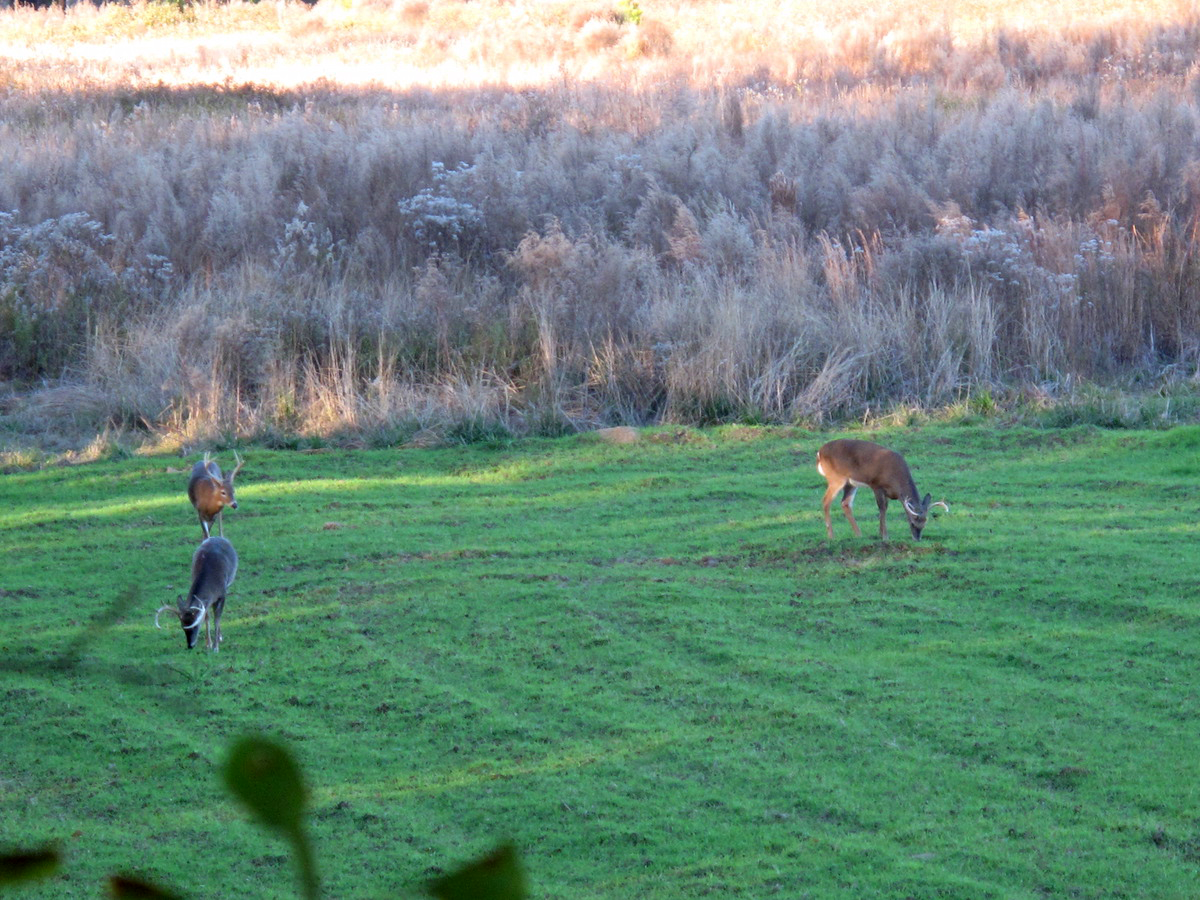
QUICK PLANTING POINTERS
—Ideally, no matter where you live, you want to plant food plots at least 60 days before the first frost. In New York, that translates to now, but don’t sweat a few days or even a week or two. Even if it doesn’t grow to it’s full potential, in my experience, within days of planting and with the benefit of a good soaking rain, we have green shoots breaking the ground that will draw deer almost immediately.
—Speaking of rain—check out the forecast and plant within a few days of a gentle, soaking rain. Avoid forecasts of heavy storms as the downpours will force your seed into flood channels across an uneven field and wash away much of your seed. This may mean you need to take a day off from work rather than waiting for that perfect Saturday. Time is off the essence now, so it’s a day off well spent.
—Break your work load up, using a tractor cultivator or small disc on the back of your ATV, and get the soil broken up good before planting. In fact, depending on how much area you have to plant, you will probably want to do tilling and planting on two different days. We have approximately 11 acres of plots with about half of that in clover that is cut instead of replaced each year. We could do all 11 acres in a day with our small tractor and with about 5 to 6 acres of area to till and using our new 72-inch long cultivator by Agri-Supply, the task only took half a day.
—If you till a week or more before planting, go over it lightly again with the disc before planting.
—Soil samples are a must to get the most out of your food plots, but let’s face it, we’re at mission critical time and you may not have a week to take samples, send them in for testing and wait for the results. Barring soil samples, follow the fertilizer recommendations in the bag. You’ll probably be paying for some nutrients you don’t need, but better than nothing right now. If the area hasn’t been limed or planted in awhile, apply a general rate of one ton of lime per acre. It will help until you can get ahead of the curve next year.
—Don’t have large areas to plant? No worries. A number of seed mixes are designed as “no-plow” plantings where a hunter can rough up the ground in a small area—even one deep in the woods, where you can’t typically get most equipment—and plant a small personal plot beneath a favorite stand. Don’t ignore your general fertilizer requirements on these plots. Fertilizer is truly critical in such spots.

FAVORITE PLANTINGS
I’ve had really good luck with these great fall plantings:
Whitetail Institute Imperial Whitetail Clover
This is the one that started it all, or at least the first one I remember being widely marketed, and it is still great for establishing lush, perennial plots of deer-drawing clover.
Whitetail Institute Winter Greens
This annual mix of brassicas is for fall planting only and delivers sweet, tasty leaves after the first hardy frost. We’ve witnessed abundant deer browsing the green shoots well before the first frost, too.
Evolved Harvest 7-Card Stud
This mix of clovers and brassicas, covers the nutrients needs for an entire fall season and grows great, even in crappy soils. We’ve killed several of the largest bucks taken on our farm the last few years in plots planted with this.
Biologic New Zealand Full Draw
This is another awesome blend of brassicas and lush clover and has been a key attraction to some of the bigger bucks on our land as well.
Hunter’s Specialties Vita-Rack E-Z Grow
A quick greening mix of ryegrass, rape, and several species of clover, this seed grows darn near anywhere and is designed for rapid germination. It’s the perfect planting for the last-minute land manager.
